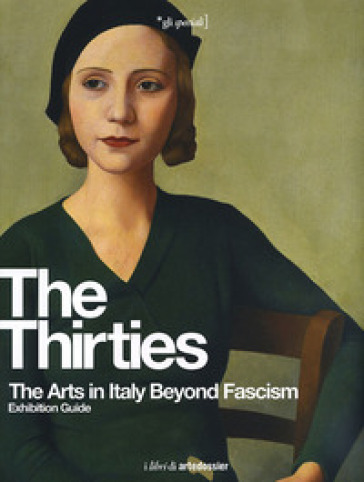The Thirties. The Arts in Italy Beyond Fascism. Exhibition Guide

- Brossura:
- 48 Pagine
- Editore:
- Giunti Editore
- Pubblicato:
- 01/12/2012
- Isbn o codice id
- 9788809779303
Per visualizzare la wishlist è necessario accedere o registrarti
| Prova |
| Prova a dirlo con una cena. 20 menu per dare una notizia |
| Prova a mentirmi. Imparare il linguaggio del corpo per capire gli altri |
| Prova a raccontare... Dai voce alle storie |
| Prova a sanguinare. Quattro ragazzi, un treno, la vita |
| Prova a spostare il ragno. Esperienze microscopiche all'ombra del titano |
| Prova anche tu |
| Prova con una storia |
| Prova d'appello |
| Prova d'autore |